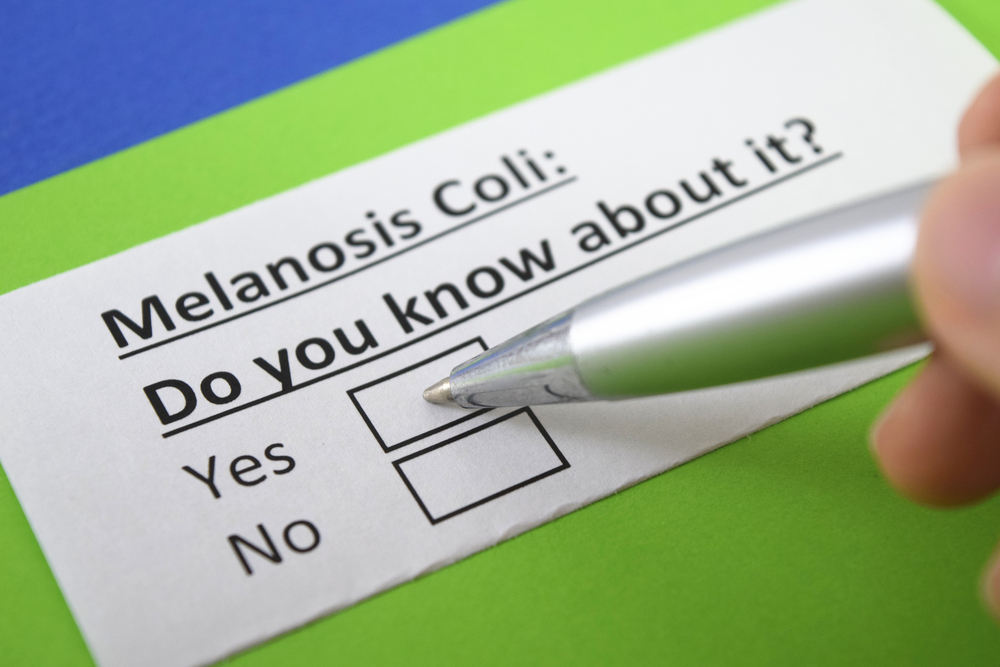Melanosis Coli is also called pseudomelanosis coli. It is a condition that is commonly associated with chronic laxative use wherein dark pigments are being deposited in one of the lining layers of the large intestine or the lamina propria of the body. The pigment deposits do not contain melanin (as the term “melanosis” implies) and are known as lipofuscin.
Lipofuscin is often called the “wear and tear” pigment, which can be found throughout the body. It is also identified as a cellular pigment that forms when cells are destroyed in the organ.
The dark colouration of the intestinal lining may be seen as a uniform or patterned, and its discolouration may be trivial or distinct. The discoloration’s intensity and pattern may sometimes vary amongst different sites in the colon of a person’s body. However, the condition may also be reversed upon ending laxative intake.
There are also cases that the wall of the colon cannot be perceived by the naked eye and will appear normal. But upon undergoing microscopic evaluation of biopsies by pathologists, it further reveals areas of pigment in the colon’s lining. The pigment caused by this condition does not accumulate in polyps or tumours of the large intestine.


